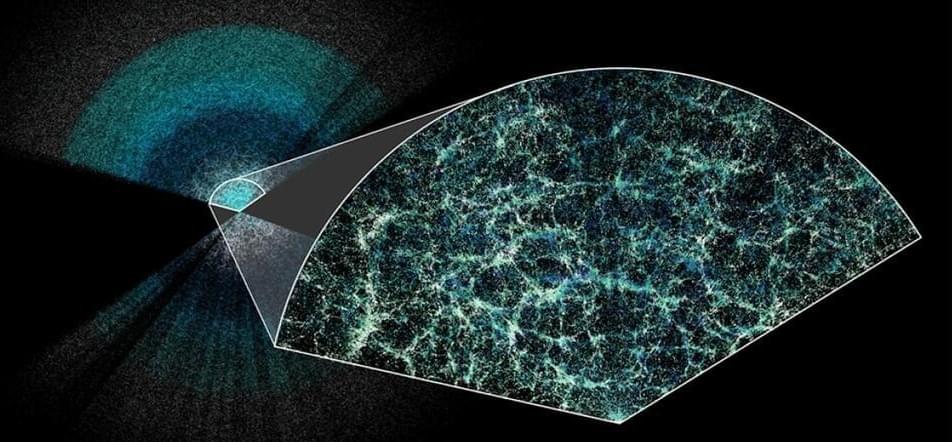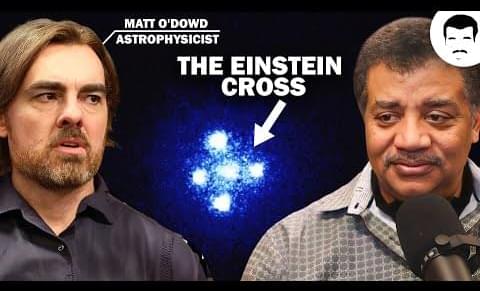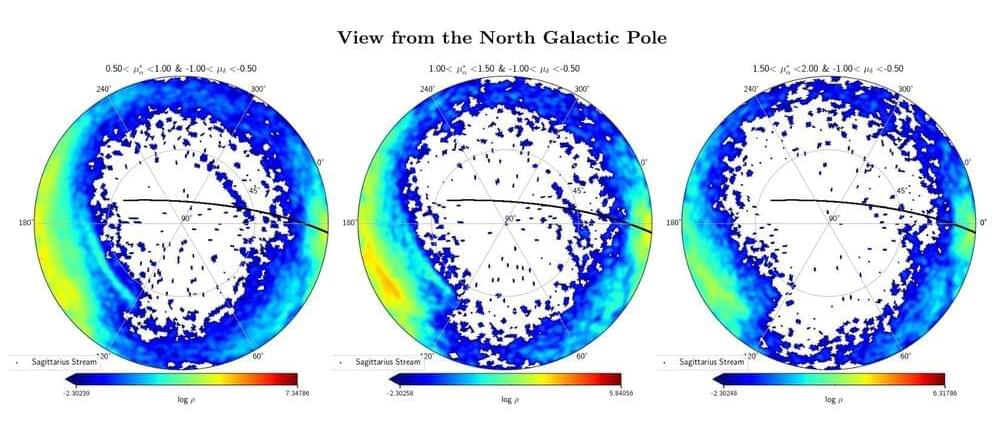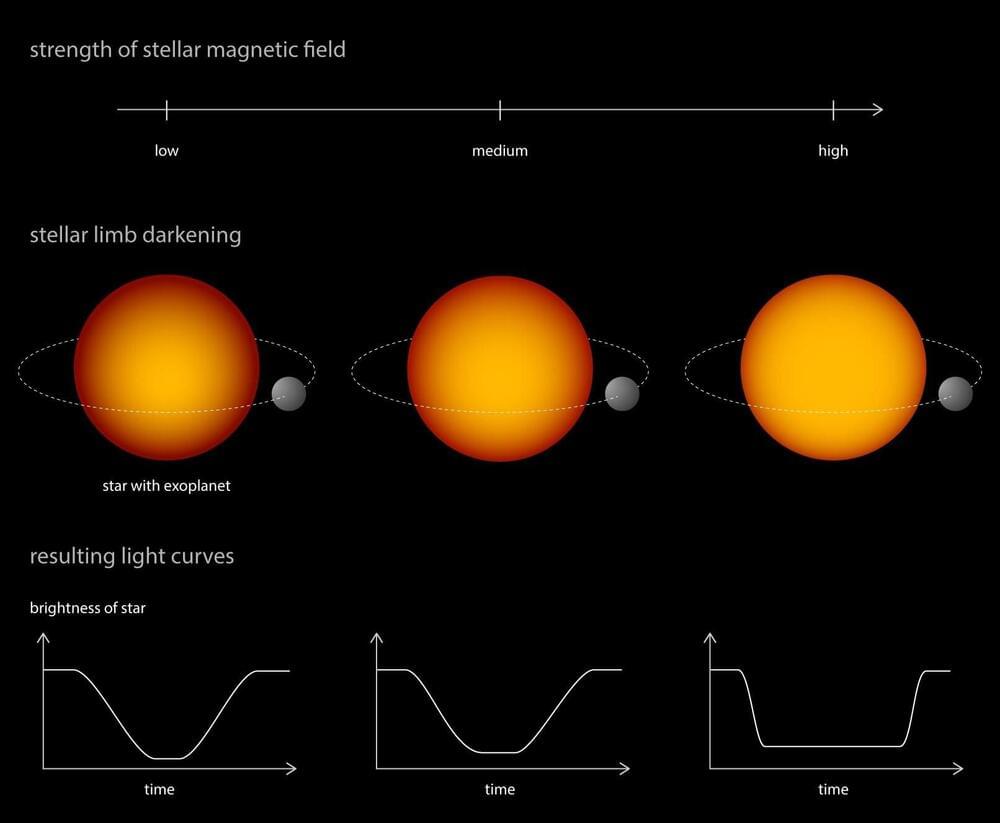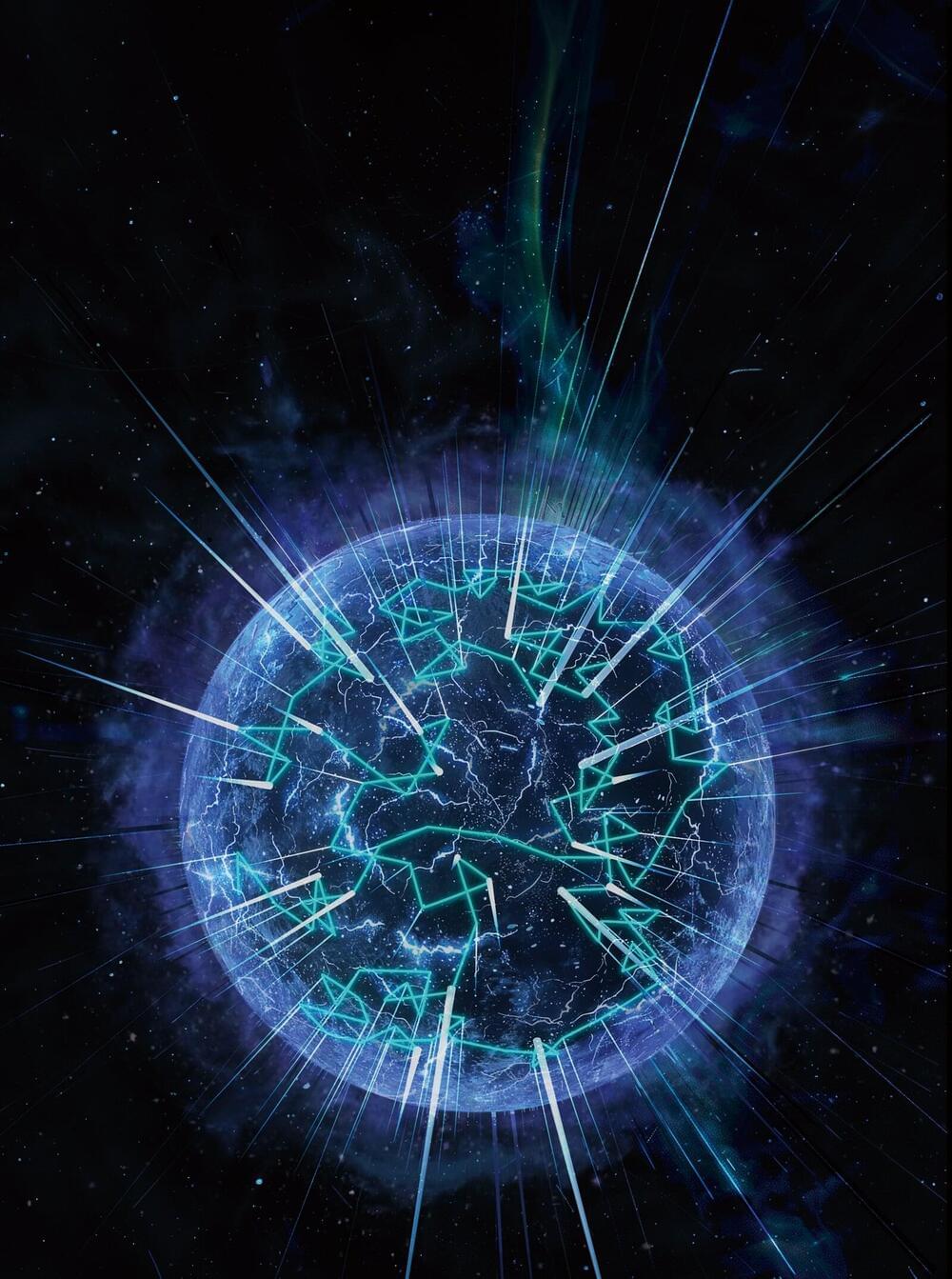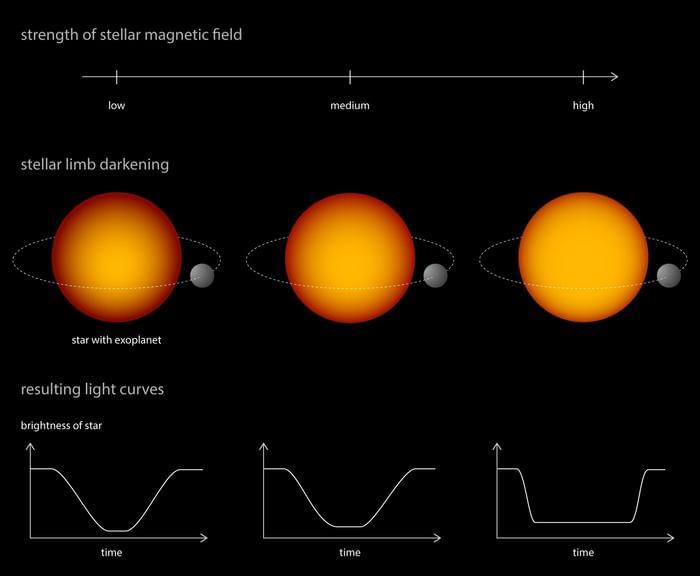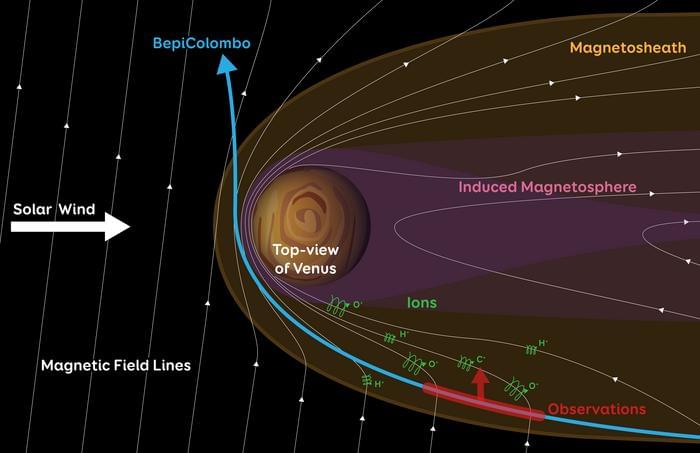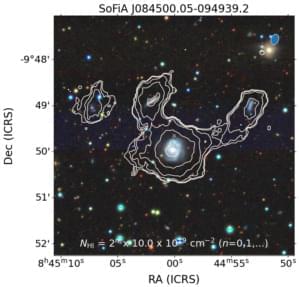Apr 14, 2024
Video: Largest 3D map of the universe reveals hints of new physics
Posted by Paul Battista in categories: physics, space, virtual reality
Astronomers have produced the largest 3D map of the universe, which can be explored in an interactive VR video. In the process, they’ve uncovered some tantalizing hints that our understanding of physics, including the ultimate fate of the cosmos, could be wrong.
The Dark Energy Spectroscopic Instrument (DESI) is a huge international project to map out the universe in three dimensions, which began collecting data in 2021. This early version of the map only includes data collected during the first year – 5.7 million galaxies and quasars out of the planned goal of 40 million. This data allows the scientists to peer as far as 11 billion light-years into deep space and time, providing a glimpse into the very early universe with an unprecedented precision of less than 1%.
Continue reading “Video: Largest 3D map of the universe reveals hints of new physics” »
